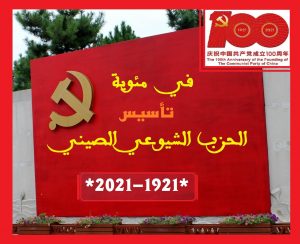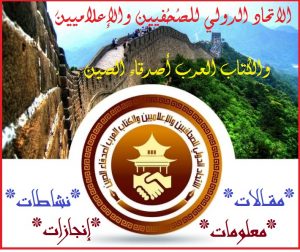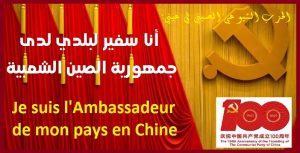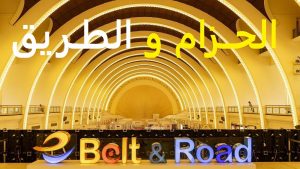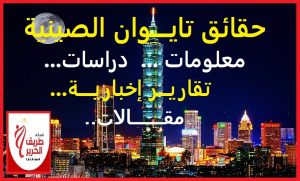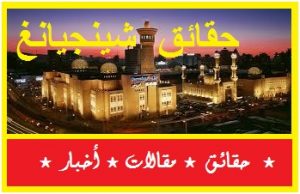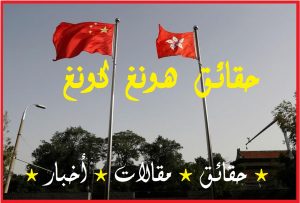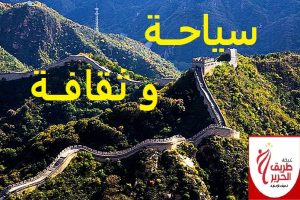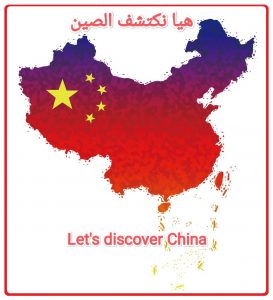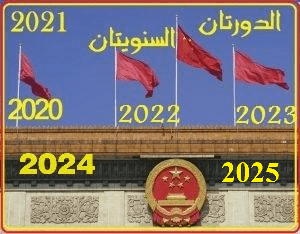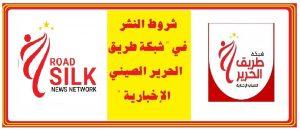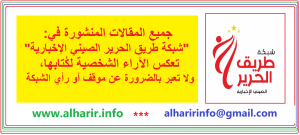الزلازل الصامتة في طريق الحرير: فالق البحر الميت وتهديد سلاسل التوريد بين الصين والأردن
منذ 5 أشهر في 03/أغسطس/2025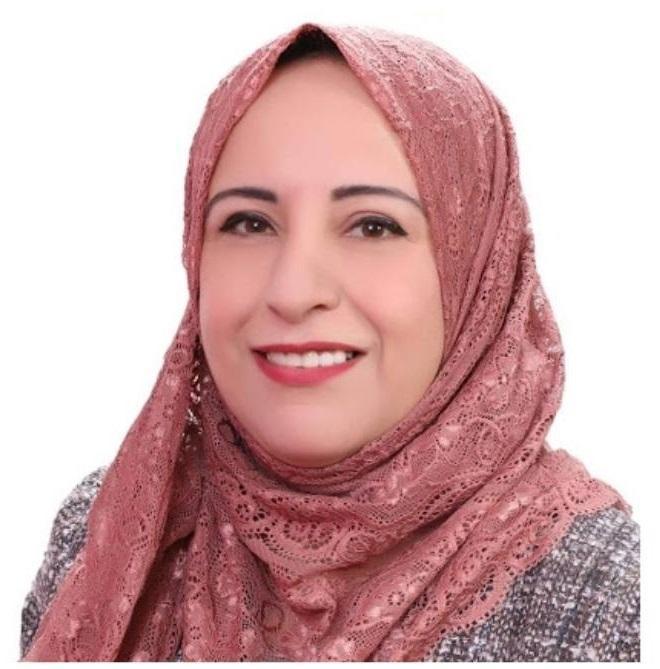
شبكة طريق الحرير الصيني الإخبارية/
الزلازل الصامتة في طريق الحرير: فالق البحر الميت وتهديد سلاسل التوريد بين الصين والأردن
د. عائده المصري، عضو الاتحاد الدولي للصحفيين والإعلاميين أصدقاء وحلفاء الصين، فرع الصين.
بينما تمضي الصين قدمًا في تنفيذ مشروع الحزام والطريق بوصفه مبادرة القرن، تتسارع وتيرة التحركات الجيوسياسية والاقتصادية لتأمين المسارات البرية والبحرية العابرة للدول. غير أن الأرض التي تمر فوقها تلك الطرق — بما تحمله من تصدعات وصمت جيولوجي — تظل عاملاً غير مفعل بالشكل الكافي في معادلات التخطيط الاستراتيجي. وفي هذا السياق، يبرز الأردن ليس فقط بوصفه نقطة عبور سياسية مستقرة، بل أيضًا كأرض تقع على أحد أخطر الفوالق النشطة في الإقليم: فالق البحر الميت التحويلي (Dead Sea Transform Fault)، الممتد من خليج العقبة جنوبًا إلى جنوب لبنان شمالًا، والفاصل بين الصفيحة العربية وصفيحة سيناء.
هذا الفالق يُعد أحد أكثر المناطق نشاطًا زلزاليًا في شرق المتوسط، حيث تسجّل مئات الهزات الأرضية سنويًا وفقًا لبيانات هيئة المسح الجيولوجي الأمريكية (USGS, 2023). وتشير دراسة علمية منشورة في مجلة Natural Hazards (Al-Tarazi et al., 2021) إلى أن مناطق رئيسية في الأردن، مثل عمان والزرقاء وسحاب والعقبة، تقع ضمن نطاق تأثير مباشر لأي نشاط زلزالي متوسط أو كبير على طول الفالق، مما يجعلها عرضة لمخاطر جديّة في البنية التحتية والتنموية. ويعيد زلزال العقبة عام 1995، الذي بلغت قوته 7.3 درجات على مقياس ريختر، إلى الذاكرة حقيقة أن الأرض قد تفرض شروطها في لحظة غير محسوبة.
وعلى الرغم من هذا الخطر المعروف، لا تزال خطوات التخطيط الحضري المقاوم للمخاطر محدودة. تقرير حديث صادر عن لجنة الأمم المتحدة الاقتصادية والاجتماعية لغربي آسيا (UNESCWA, 2022) دعا بوضوح إلى دمج تقييمات المخاطر الجيولوجية في خطط التنمية العمرانية في المدن العربية ذات الكثافة السكانية العالية والموقع الزلزالي الحساس، كعمّان والزرقاء. وبينما تتخذ بعض الأطراف الإقليمية خطوات فعلية، فإن إسرائيل – على سبيل المثال – بدأت بنشر تحذيرات مبنية على ما تسميه “زلزال الألف عام”، كما ورد في تقارير إعلامية واسعة النطاق نشرتها الحياة نيوز ووكالة عمون في 2024، تدعو فيها إلى إعادة النظر في نمط التوسع العمراني في المدن الإسرائيلية الواقعة على خطوط الصدع.
في المقابل، يعاني الخطاب العربي من انقسام واضح بين التهويل الإعلامي من جهة، والإنكار المؤسسي من جهة أخرى. وقد قدم مركز “معًا” الفلسطيني في عام 2023 نموذجًا متوازنًا، بدعوته إلى قراءة علمية هادئة للبيانات الزلزالية بعيدًا عن التوظيف السياسي أو الإثارة العاطفية، مؤكدًا الحاجة إلى تحمّل مسؤولية علمية ومجتمعية في التعامل مع المخاطر الطبيعية.
في هذا الإطار، يجب إعادة النظر في آليات تنفيذ مبادرة الحزام والطريق في الأردن من منظور جيولوجي ذكي. فالموانئ التي يجري تطويرها، والطرق التي تُمد، والمناطق الصناعية التي تنمو — خصوصًا في العقبة وسحاب والزرقاء — جميعها بحاجة إلى إعادة تقييم هندسي مقاوم للكوارث. سلاسل التوريد لا تضمن مرونتها فقط عبر الكفاءة التشغيلية، بل عبر قدرتها على التعافي بعد وقوع حدث زلزالي حرج.
وإذ تروّج إسرائيل لنفسها كميناء آمن في المنطقة، خاصة عبر مشروع ميناء حيفا الذي تديره شركة صينية، فإن الأردن – إذا ما فعل إمكاناته الفنية والمؤسسية – يظل المرشح الأفضل لأن يكون شريك الصين اللوجستي المستقر. ولتحقيق ذلك، من الضروري تأسيس مركز أردني–صيني مشترك لتحليل المخاطر الزلزالية على مسارات التجارة والبنية التحتية، إلى جانب دمج مؤشرات النشاط التكتوني في جميع مشاريع التنمية الإقليمية الكبرى.
إن التحالفات الكبرى لا تُبنى فقط على المصالح الجيوسياسية، بل على معرفة دقيقة بطبقات الأرض. والزلازل لا تُعلن عن نفسها قبل أن تضرب، لكنها تترك أثرها واضحًا فيمن استعد لها، ومن غفل عنها.
Silent Earthquakes along the Silk Road: The Dead Sea Fault and the Risk to China–Jordan Supply Chains
Dr. Aydah Almasri
Assistant Head, International Federation of Arab Journalists, Media Professionals, and Writers – Friends and Allies of China, China Chapter
As China advances with the Belt and Road Initiative — the project of the century — geopolitical and economic momentum grows to secure trade corridors that span continents. Yet one decisive factor remains underutilized in planning: the physical ground beneath these routes. In this context, Jordan emerges not only as a politically stable transit node, but as a country literally positioned atop one of the most geologically active faults in the region — the Dead Sea Transform Fault, stretching from the Gulf of Aqaba in the south to southern Lebanon in the north, marking the boundary between the Arabian and Sinai plates.
This fault is a major seismic zone in the Eastern Mediterranean, recording hundreds of tremors annually according to the United States Geological Survey (USGS, 2023). A scientific study published in Natural Hazards (Al-Tarazi et al., 2021) confirms that key Jordanian cities — Amman, Zarqa, Sahab, and Aqaba — lie within the direct impact range of moderate to strong seismic events. The 1995 Aqaba earthquake, measuring 7.3 on the Richter scale, was a clear warning that the ground itself can dictate the rules — unannounced and forcefully.
Despite these risks, urban planning in Jordan and the wider region remains largely unintegrated with seismic assessments. A report by UNESCWA (2022) urged Arab countries to mainstream geological risk in their urban development frameworks. Israel, by contrast, is actively developing and promoting its own seismic preparedness narratives, warning of a so-called “Millennium Earthquake.” Israeli media outlets such as Al-Hayat News and Ammon News Agency (2024) have emphasized the urgency of revising urban expansion in vulnerable areas.
Meanwhile, much of the Arab discourse remains divided between alarmism and denial. The Palestinian organization Ma’an offered a rare, balanced perspective in 2023, calling for a scientific, depoliticized understanding of seismic risks, and urging policymakers to act beyond media-driven reactions.
From this lens, China’s investment through the Belt and Road in Jordan — especially in ports, inland transport corridors, and industrial zones — must be evaluated through a geotechnical lens. Locations such as Aqaba, Sahab, and Zarqa should not only meet logistical feasibility, but demonstrate structural resilience and rapid recovery capacity post-disaster. After all, supply chain continuity is not just about efficiency, but about survivability.
While Israel positions itself as a stable logistical hub — notably through its Haifa Port operated by a Chinese company — Jordan, if equipped properly, offers China a smarter and more balanced partnership. This calls for a joint China–Jordan seismic and infrastructure risk center, one that integrates earth sciences with supply chain logistics and emergency planning. Updated seismic-industrial mapping would elevate both security and credibility across the region.
Strategic alliances are not built solely on shared interests above ground. They also require shared awareness beneath it. Earthquakes are silent — until they are not. And only those who prepare beforehand will stand firm when the ground does not.
丝绸之路上的无声地震:死海断层与中约供应链的地质风险
艾黛(Aydah Almasri)博士,国际阿拉伯记者、媒体人及作家联盟副主席,“阿中友好中国分会”主席
随着中国持续推进“一带一路”倡议——这一被誉为“世纪工程”的战略项目,区域间地缘政治与经济的互动也不断加剧,以保障贯穿多国的陆海运输通道。然而,在所有宏大规划之下,一个常常被忽视却至关重要的变量是:这些线路下方的大地是否稳定?6.
在这一层面上,约旦的角色尤为关键。它不仅是政治上相对稳定的交通枢纽,更地处**死海转换断层带(Dead Sea Transform Fault)**之上——这是中东最活跃的地震断层之一,自南部的亚喀巴湾延伸至北部黎巴嫩南端,横亘于阿拉伯板块与西奈板块之间。
据美国地质调查局(USGS, 2023)数据显示,该断层每年记录数百次地震活动。而《自然灾害》期刊(Natural Hazards)中一项由阿尔塔拉兹等人(Al-Tarazi et al., 2021)发表的研究指出,约旦的主要工业和城市中心,如安曼、扎尔卡、萨哈卜和亚喀巴,皆处于中强震的直接影响范围内。1995年亚喀巴地震(里氏7.3级)便是一次震撼性的警告,地震波影响波及埃及、沙特乃至巴勒斯坦。
尽管存在显著的地质威胁,约旦及整个阿拉伯地区的城市规划中,抗震能力建设仍不充分。联合国西亚经济社会委员会(UNESCWA, 2022)呼吁阿拉伯城市将地质风险纳入基础设施发展政策之中。相较之下,以色列则更早采取行动:其政府与科研机构围绕“千年大震”发布预警,并通过《生活新闻》和《阿蒙通讯社》(2024年)等媒体宣传地震风险,推动城市扩张重新评估。
与此同时,阿拉伯舆论场对地震风险的态度仍存在两极化:一方面是夸张炒作,另一方面则是官僚性的否认。而2023年巴勒斯坦“马安发展中心”则提供了一种平衡视角,呼吁理性看待地震数据,摒弃政治操控,构建科学与公共安全之间的信任桥梁。
对中国而言,随着“一带一路”在约旦的投资扩展——包括港口、内陆运输通道和工业区——其基础设施抗震性亟需纳入决策体系。亚喀巴、萨哈卜、扎尔卡等区域的项目评估,不能仅止于经济效益,更应涵盖抗震韧性与灾后恢复能力。供应链不仅需要效率,更需要生存力。
以色列正积极通过中国企业运营的海法港,塑造自身为“安全物流枢纽”的形象。而约旦,若能强化地质风险治理,有潜力成为中国在该地区最可靠的战略合作伙伴。为此,建议中约双方成立联合地震与物流安全研究中心,融合地球科学与应急物流规划,并对关键城市和工业区进行地震风险重绘。
战略同盟的基石,不仅是地面之上的共同利益,更是对地底之下风险的共识。地震常常悄然而至,但其冲击却分明有声——唯有提前准备者,方能屹立不倒。
References:
Al-Tarazi, E., Sawarieh, A., & Jomaa, S. (2021). Seismic hazard assessment and ground motion parameters in Jordan using updated historical data. Natural Hazards, 106(3), 2513–2531. https://doi.org/10.1007/s11069-020-04358-4
USGS (2023). Eastern Mediterranean Seismic Activity Maps. https://earthquake.usgs.gov
UNESCWA. (2022). Enhancing Urban Resilience in the Arab Region. United Nations ESCWA.
Al-Hayat News & Ammon News Agency (2024). Coverage of Israel’s “Millennium Earthquake” preparedness.
Ma’an Development Center (2023). A Scientific Review of Seismic Risk in Palestine



